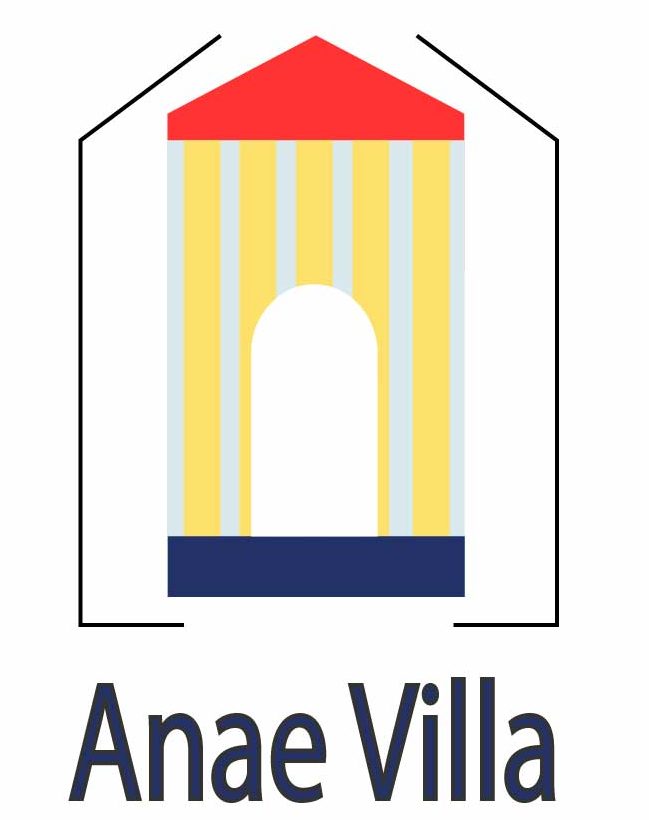Artificial lawn, also referred to as artificial turf or phony lawn, has emerged as a well known alternative to organic grass for residential, professional, and recreational applications. Produced from artificial fibers built to copy the look and texture of actual grass, synthetic turf presents a variety of advantages which make it a nice-looking selection for homeowners, corporations, and sports services alike.
Among the major features of artificial lawn is their reduced preservation requirements. Unlike organic grass, which needs normal watering, mowing, fertilizing, and weed control, synthetic turf needs small upkeep. Once installed, it continues rich and natural year-round, aside from temperature problems, keeping time, money, and energy on lawn care.
Artificial lawn can also be highly durable and tolerant to use and split, which makes it well suited for high-traffic parts such as activities areas, playgrounds, and industrial landscapes. Their effective construction guarantees that it can withstand large use without becoming damaged or used, giving a long-lasting and cost-effective alternative for outdoor surfaces.
Another advantageous asset of artificial lawn is its water-saving properties. With rising considerations about water scarcity and conservation, several property owners are embracing manufactured turf as an eco-friendly option to organic grass. Synthetic grass requires no tearing, lowering water consumption and supporting to save that important resource.
Furthermore, synthetic lawn offers versatility in design and application. It could be tailored to suit any place or shape, which makes it ideal for a wide selection of landscaping jobs, from small yard lawns to big activities fields. Its natural-looking look and smooth consistency make it a popular choice for residential gardens, roof terraces, and industrial gardening projects.
Artificial lawn can be secure and non-toxic, rendering it ideal for used in parts frequented by young ones and pets. Unlike natural lawn, that might harbor contaminants, pests, and harmful chemicals from pesticides and fertilizers, artificial turf offers a clear and clean area for perform and recreation.
Installing artificial lawn is fairly easy, although it is advised to hire an expert installer to make sure appropriate place and drainage. The procedure typically involves artificial turf the bottom, laying down a foundation layer of crushed stone or gravel, and then adding the turf on top. Once in place, the turf is attached with glue and infilled with silica mud or plastic granules to offer security and cushioning.
In summary, synthetic grass offers a variety of benefits that make it a stylish alternative to organic lawn for landscaping, activities, and recreational applications. Their reduced maintenance demands, toughness, water-saving qualities, and usefulness in style make it a well known selection for homeowners, corporations, and municipalities looking to produce beautiful, sustainable outdoor spaces.

